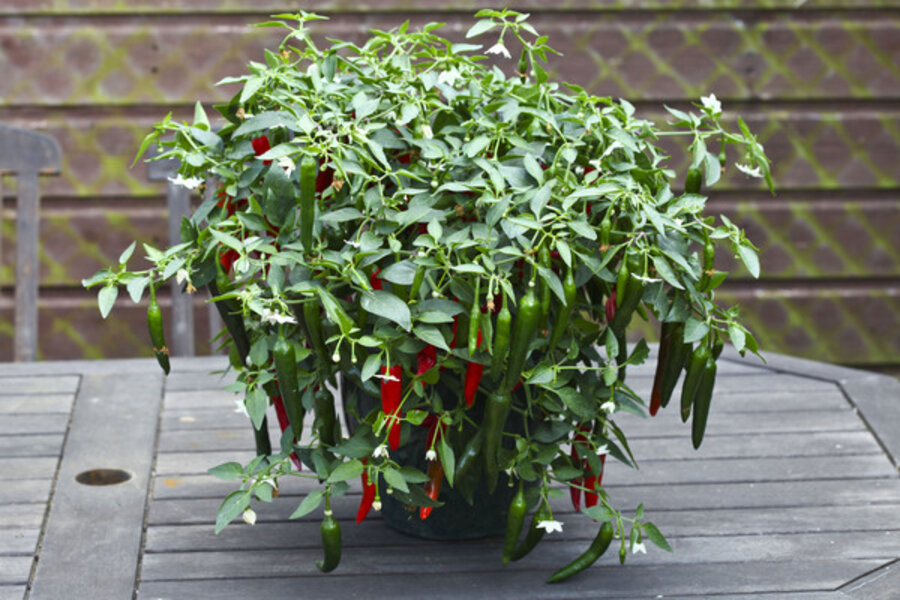A look at the 2012 All-America winners
Loading...
Many gardeners aren’t familiar with the All-America Selections organization (AAS) that tests new varieties of flowers, herbs, and vegetables every year, in several trial grounds throughout the US and Canada. It’s been going on since way back in 1932, and many of the winners have come to be loved regulars in the home garden.
But I’ve found, in talking to gardeners about All-America Selections or All-America winners, that they don't bring up oohs and aahs, but rather a question, “What do they do?"
That’s too bad, because the All-America trials and winners are important to gardeners, just as they are to seed companies and to plant breeders. For those of us who garden, it lets us know what reputable judges think of new varieties each year, it publicizes them, and causes the bedding-plant growers to produce them for all of us to plant and evaluate for ourselves.
Although I'm a fan of AAS, I have to say that not all the winners, in my view, have been great, but some of them have been and others are quite good. I usually try them each year, just to see for myself what they’ll do. Sometimes I’m impressed, occasionally not.
For those of us who garden in southern California, there’s another catch — some winners may not be great in our various climates.(This can be true in several areas of the country, especially those that are especially hot or cold, or where it rains sparingly or quite a lot.)
The 2012 AAS ornamental winners
This year there are four winners, two flowers and two vegetables. The two flowers are Salvia 'Summer Jewel Pink' and ornamental pepper Black Olive. It may be stretching a little to consider a pepper plant as a flower, but that’s how they have classified it.
The salvia is really a winner and is similar to Salvia 'Summer Jewel Red,' an earlier winner. Summer Jewel Pink is compact, with lots of blooms, a real attraction for hummingbirds, and will do well in almost every SoCal climate -- beach, inland and mountains, and the desert.
I have trouble thinking of peppers as flowers, but they are often used in bouquets, last well indoors, and are attractive in the garden. Would I grow this ornamental pepper in my garden? Probably not, but if you like to experiment you might try it [especially those who are into edible landscaping, which is growing in popularity.]
The winning veggies
The two vegetables that garnered a 2012 AAS award are a watermelon and another pepper, this time a cayenne type.
The watermelon, named Faerie F1, is an oddball in my view, with a creamy yellow rind with thin stripes, but good pink flesh that is very sweet and crisp. For those with limited space, it’s a good melon to grow since the vines spread to only about 10 to 11 feet and can be contained by circling them around the center of the plant. The melons are small, weighing four to six pounds.
The pepper, Cayennetta, is a cayenne type, which produces three- to four-inch fruits that are only mildly spicy. The plant is well branched and upright, and the fruits are prolific. It is said to do well in heat and has good cold tolerance, so it may do well inland as well as in beachfront gardens in southern California.
These AAS winners should be available on seed racks and in catalogs, and as started bedding plants in garden centers. The melon and peppers are summer plants and should be planted now. The salvia may do well all year in the warmer parts of SoCal; summer in the mountains and in beach gardens.
-----
Gerald Burke is one of more than a dozen garden experts from all parts of the country who blog regularly at Diggin' It. He is a freelance horticultural writer who spent 35 years in the seed business, 30 of them with Burpee, and is a member of the Garden Writers Association. To read more of what Gerald has written here at Diggin' It, click here.







